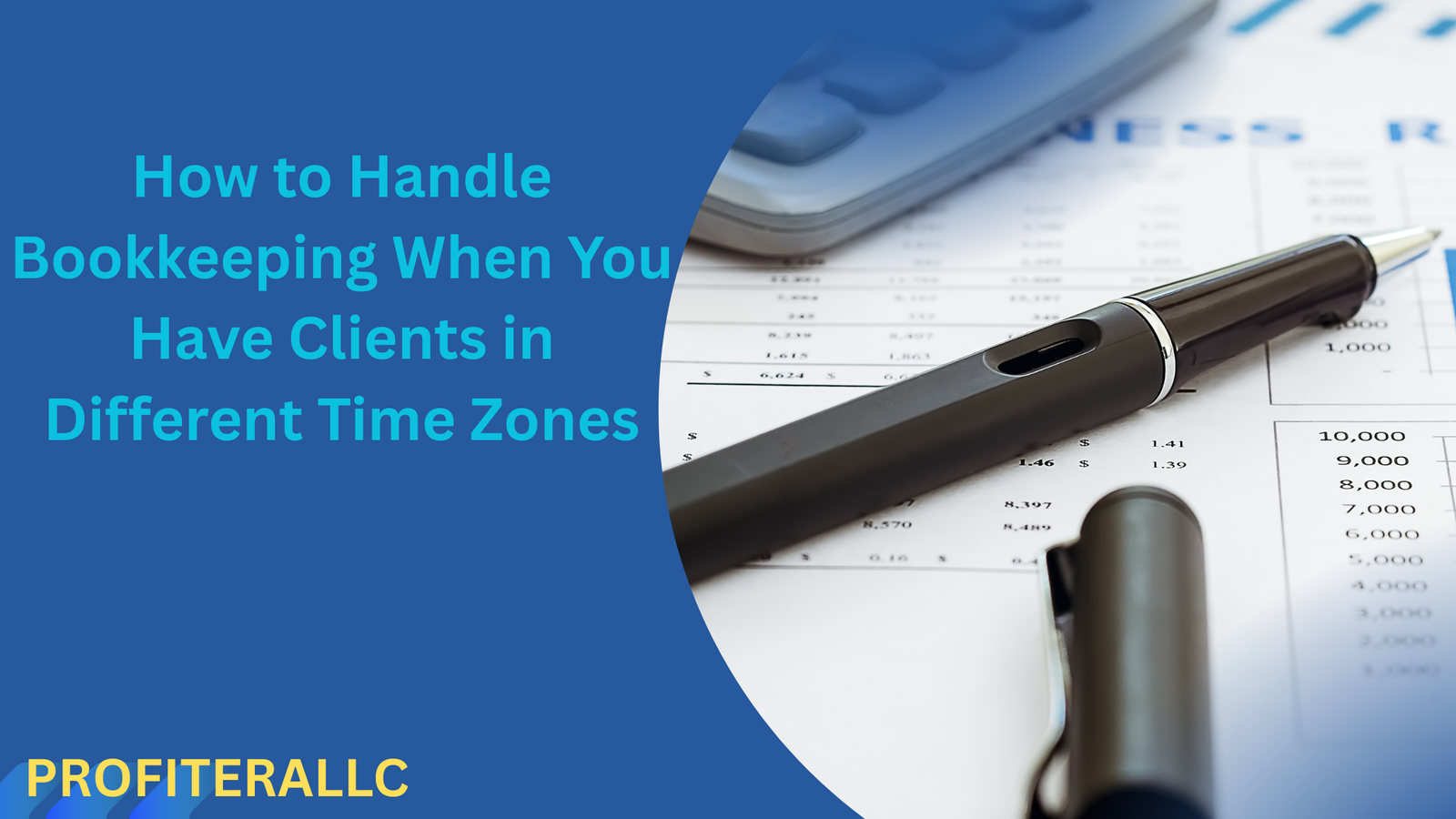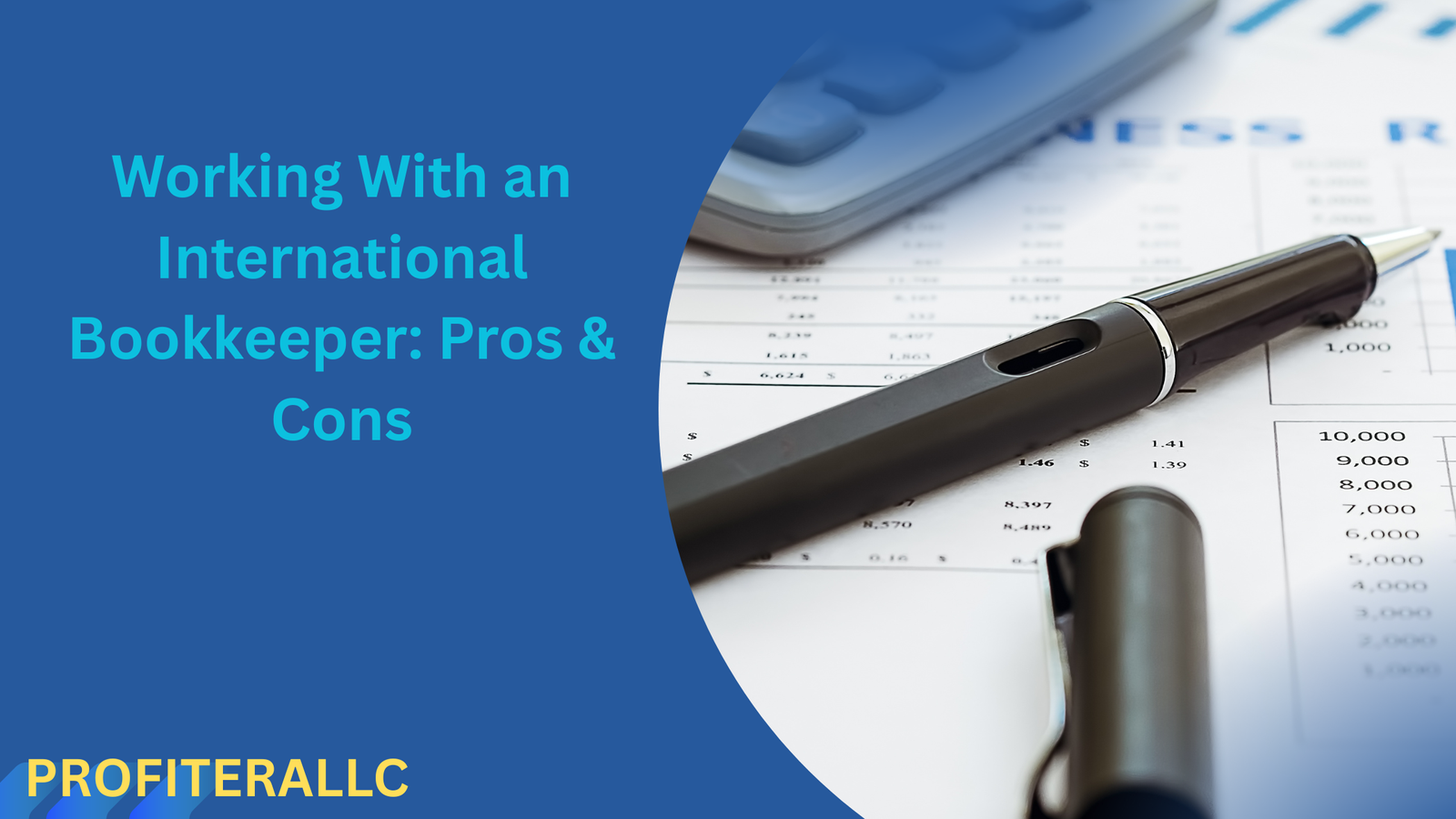
Introduction
In today’s globalized economy, businesses often work with clients and vendors across multiple time zones. For bookkeepers and accountants, this presents unique challenges—deadlines, communication delays, and currency differences can complicate financial management.
However, with the right strategies, you can streamline your bookkeeping processes, maintain accuracy, and ensure timely financial reporting—no matter where your clients are located.
In this guide, we’ll explore best practices for handling bookkeeping across different time zones, including automation tools, communication techniques, and workflow optimizations.
1. Establish Clear Communication Protocols
a. Set Expectations Early
When onboarding a new client in a different time zone, clarify:
- Preferred communication channels (email, Slack, Zoom)
- Response time expectations (e.g., 24–48 hours)
- Availability windows for meetings
b. Use Asynchronous Communication
Since real-time conversations may be difficult, rely on:
- Email summaries of financial updates
- Loom videos for explanations
- Project management tools (Trello, Asana) for task tracking
c. Schedule Meetings Thoughtfully
Use tools like:
- World Time Buddy to find overlapping working hours
- Calendly to let clients book slots within your availability
2. Leverage Automation for Efficiency
a. Cloud-Based Accounting Software
Platforms like QuickBooks Online, Xero, and FreshBooks allow:
- Real-time updates from any location
- Multi-currency support
- Automated bank feeds to reduce manual data entry
b. Automated Invoicing & Payment Reminders
- Set up recurring invoices in Wave or Zoho Invoice
- Use Stripe or PayPal for seamless international payments
- Schedule payment reminders to account for time zone delays
c. AI-Powered Bookkeeping Tools
- Receipt Bank (now Dext) for expense tracking
- Hubdoc for automated document collection
- Botkeeper for AI-driven bookkeeping
3. Standardize Your Workflow
a. Create a Time Zone-Friendly Schedule
- Dedicate mornings to clients in later time zones (e.g., APAC)
- Reserve afternoons for clients in earlier time zones (e.g., Americas)
b. Batch Processing
- Process transactions in batches at set times (e.g., twice daily)
- Reconcile accounts weekly to avoid last-minute rushes
c. Document Everything
- Maintain a client time zone cheat sheet
- Use Google Drive or Notion for centralized documentation
4. Handle Multi-Currency Transactions
a. Use Accounting Software with Forex Support
- Xero and QuickBooks Multi-Currency auto-convert transactions
- Wise (formerly TransferWise) for low-cost international transfers
b. Monitor Exchange Rates
- Set up alerts using XE.com
- Record exchange rates at the time of transaction
c. Clearly Label Foreign Transactions
- Add notes like “USD to EUR @ 0.85” for clarity
5. Stay Compliant with Local Tax Laws
a. Research Client Jurisdictions
- VAT, GST, or sales tax requirements
- Invoicing and reporting deadlines
b. Use Compliance Tools
- Avalara for automated tax calculations
- TaxJar for U.S. sales tax
c. Consult an International Tax Expert
- For complex cases, hire a specialist familiar with cross-border accounting
6. Implement Strong Security Measures
a. Use Secure Cloud Storage
- Google Workspace, Dropbox Business, or OneDrive with encryption
b. Enable Two-Factor Authentication (2FA)
- On all accounting and communication platforms
c. Train Clients on Data Security
- Encourage secure file-sharing practices
7. Outsource or Delegate When Needed
a. Hire Virtual Assistants or Offshore Bookkeepers
- Delegate tasks like data entry to teams in compatible time zones
b. Use a Fractional CFO Service
- For high-level financial strategy across multiple regions
Conclusion
Managing bookkeeping for clients in different time zones doesn’t have to be overwhelming. By leveraging automation, standardizing workflows, and maintaining clear communication, you can ensure accuracy and efficiency—regardless of geographical barriers.
Key Takeaways:
✅ Use cloud accounting software for real-time access
✅ Automate invoicing, reminders, and expense tracking
✅ Schedule meetings wisely using time zone tools
✅ Stay compliant with local tax regulations
✅ Prioritize security for international transactions
By implementing these strategies, you’ll not only streamline your bookkeeping process but also enhance client satisfaction and scalability for your business.






